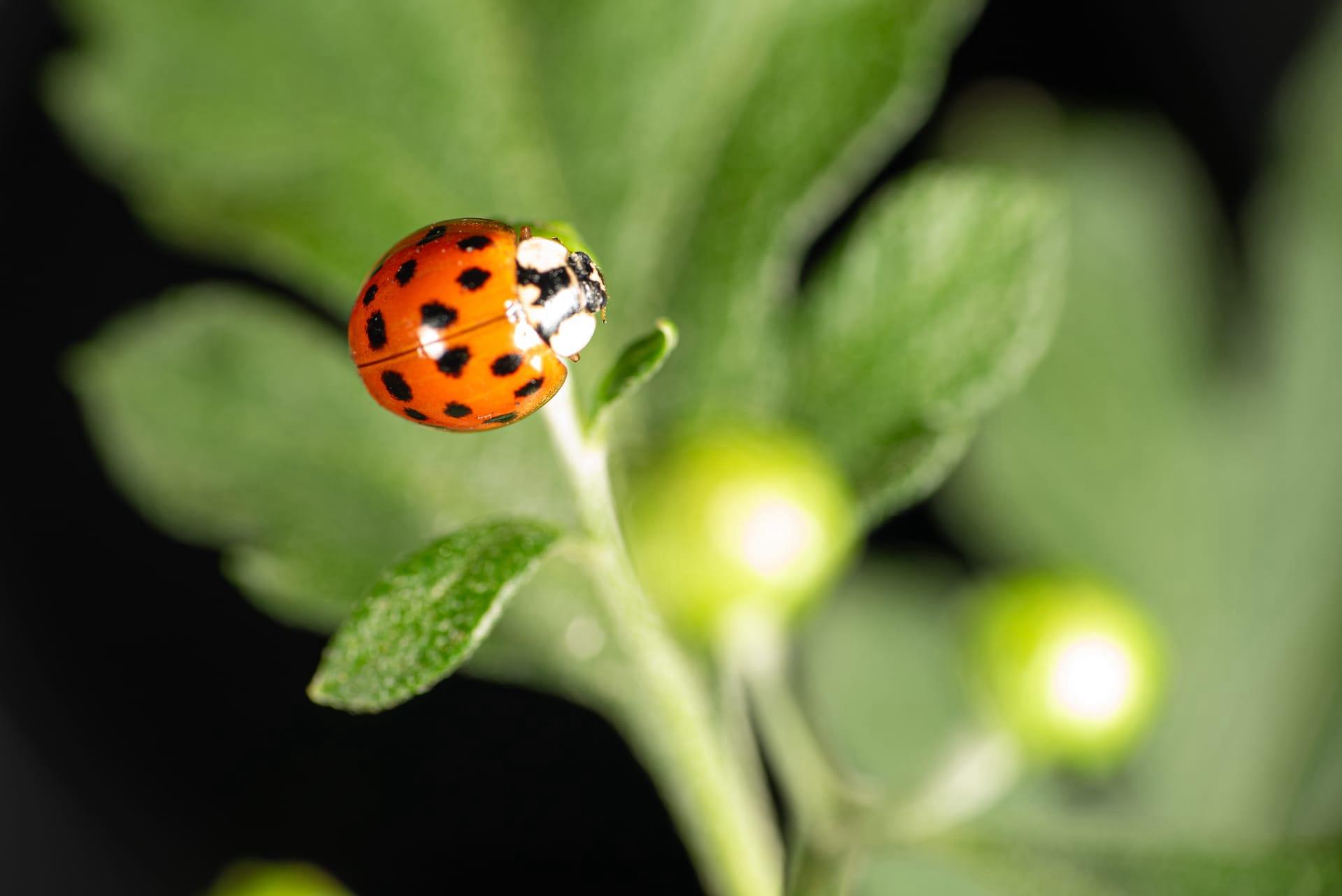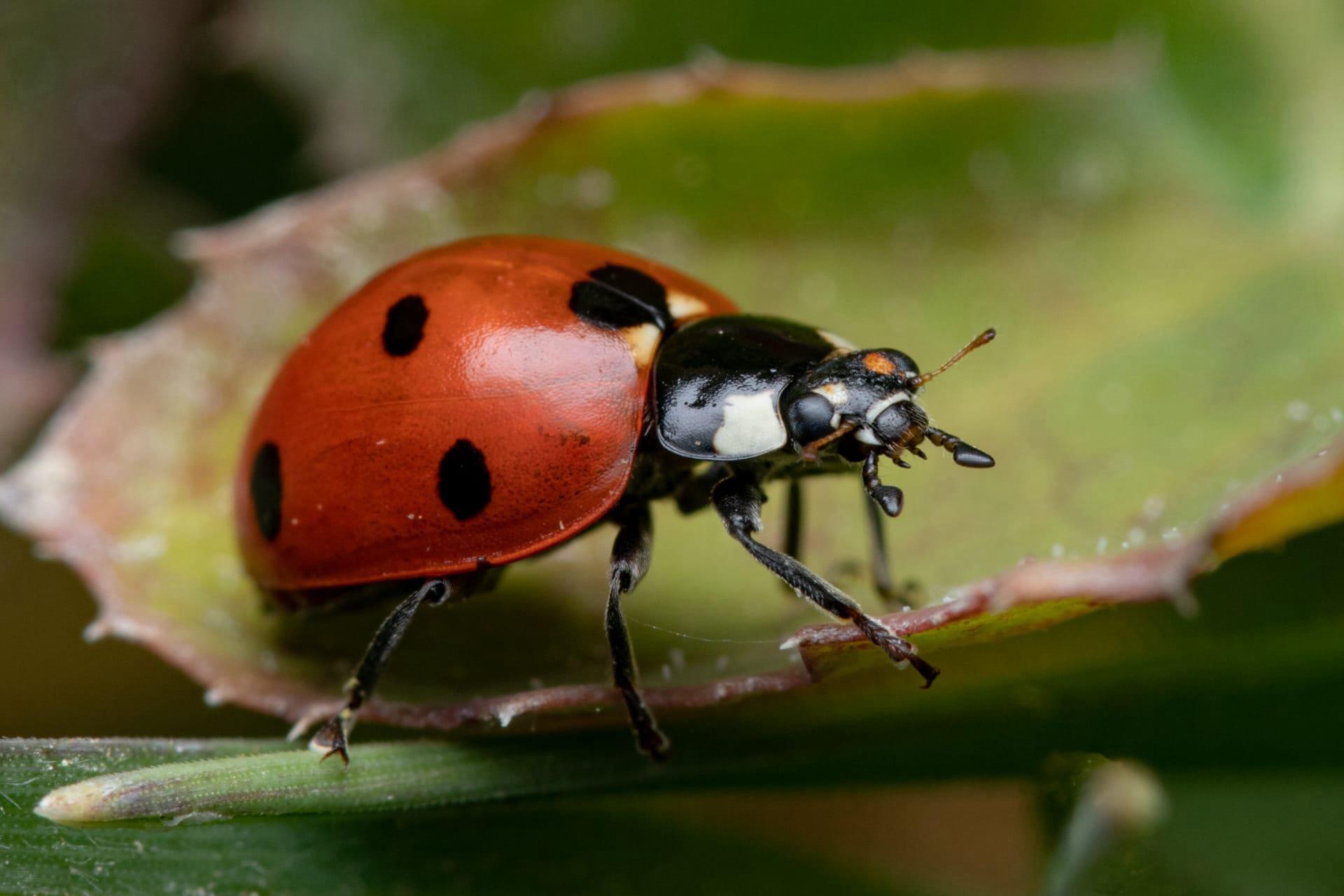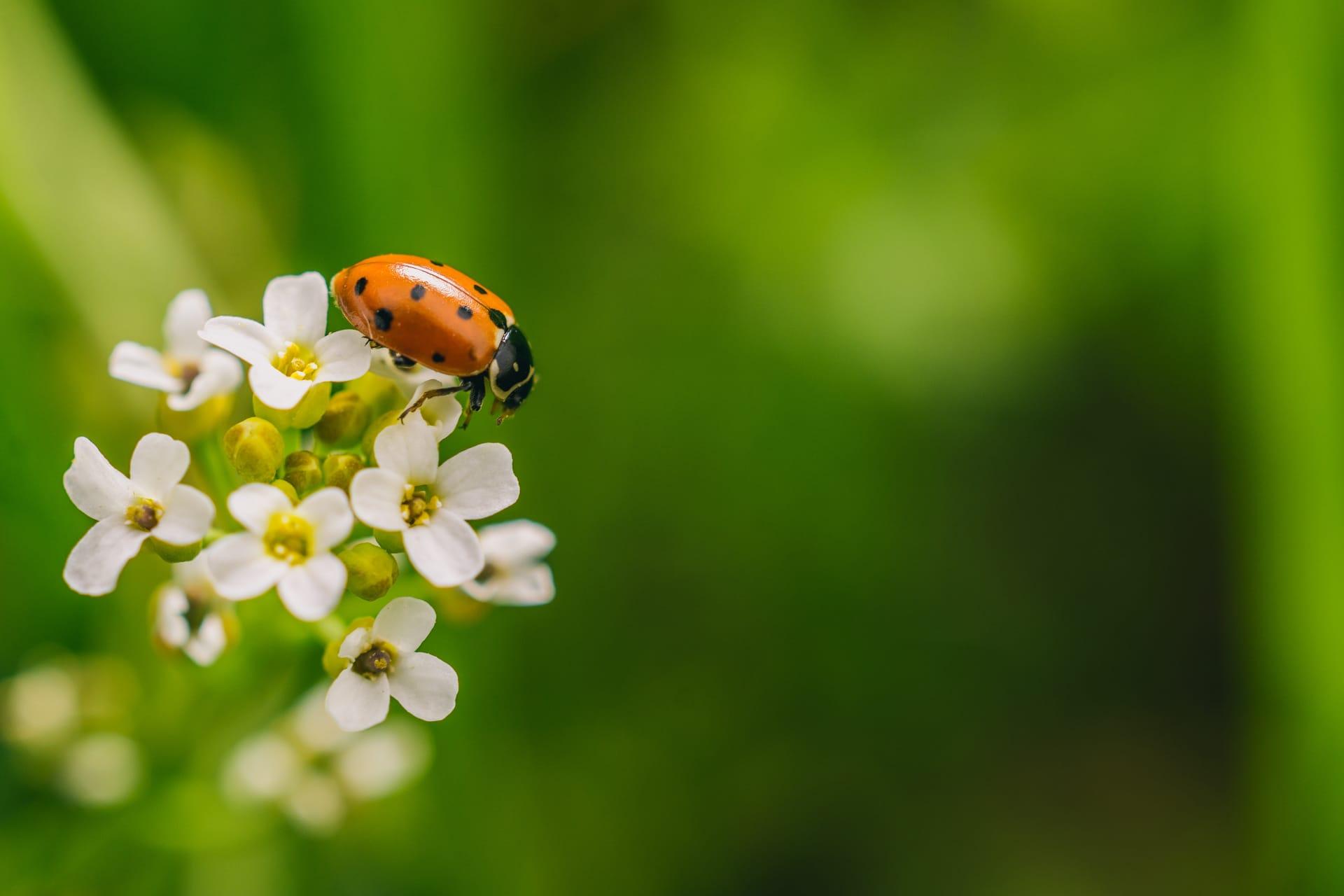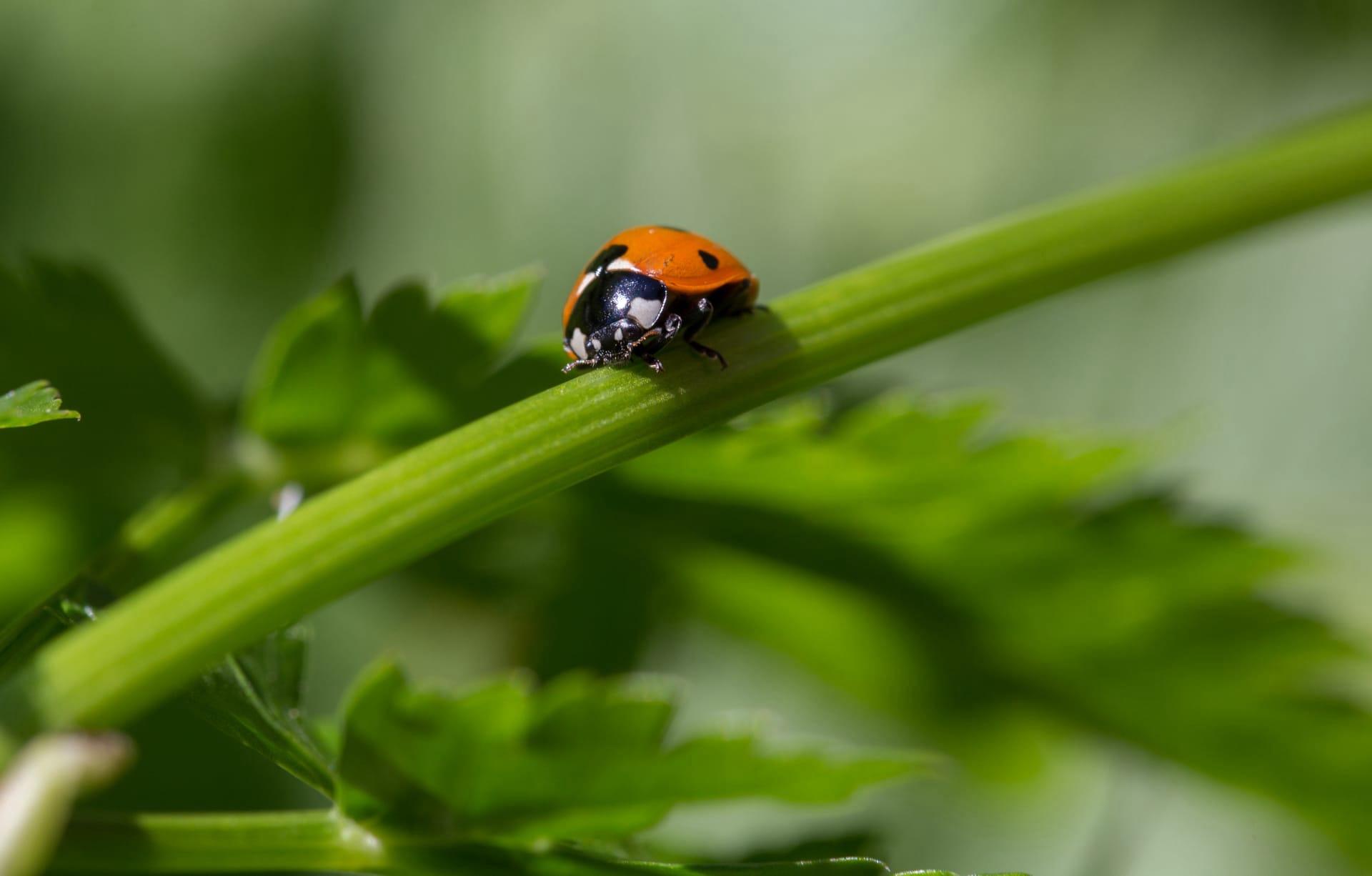Ladybug Characteristics
- Home /
- Mini Encyclopedia /
- Animal /
- Ladybug Characteristics
1
Ladybugs, with their iconic red and black spotted appearance, are small yet fascinating creatures. Typically, these beetles measure around 0.3 to 0.4 inches in length. Their rounded, dome-shaped bodies make them easily recognizable. Ladybugs have a relatively short lifespan, with most living up to one year, which encompasses their entire lifecycle from egg to adult. This lifecycle includes undergoing a complete metamorphosis through four distinct stages: egg, larva, pupa, and adult.
One of the most remarkable organs of a ladybug is its elytra, the hard, protective wing covers. These vibrant red covers with black spots are not just for show; they serve a critical function in safeguarding the delicate flying wings underneath. When a ladybug senses danger or needs to take flight, it expertly flips open its elytra to unfurl its transparent, flight-capable wings. This unique mechanism allows the ladybug to transition swiftly from a grounded beetle to an agile flyer, ready to escape predators or search for food.

2
Question: Why do ladybugs have spots?
Answer: The spots on a ladybug's elytra (the hard wing covers) are not merely decorative; they play a crucial role in the beetle's survival. These spots are part of the ladybug's defense mechanism, serving as a warning to predators about their potential toxicity. Ladybugs can produce a foul-tasting fluid from their joints when threatened, making them an unappetizing choice for birds, frogs, and other predators. The spots, varying in number and pattern across different species, help in identifying and distinguishing between various types of ladybugs. This variation can confuse predators and reduce the likelihood of any one species being heavily preyed upon, contributing to their collective survival.

3
Ladybugs are known for their agility and are capable of both walking and flying with remarkable skill. On land, they move with purpose, navigating through foliage in search of food. Their small, yet robust legs allow them to cover significant ground, considering their size. When it comes to flying, ladybugs can beat their wings up to 85 times per second, reaching speeds of up to 37 miles per hour. This rapid wing movement enables them to travel distances as far as 120 miles in search of food or mates.
In terms of feeding habits, ladybugs are voracious predators, primarily of aphids and other small insects that harm crops. An adult ladybug can consume up to 50 aphids a day, making them invaluable allies in agriculture. Their larval stage is even more predatory, with a single ladybug larva capable of devouring hundreds of aphids before it pupates. This appetite for pests makes ladybugs a natural form of pest control, helping maintain the health of plants without the need for chemical pesticides.

4
Ladybugs thrive in a variety of environments, from dense forests to urban gardens. They prefer areas abundant in their prey, such as aphid-infested plants. Ladybugs are well-adapted to live in temperate regions but can be found in diverse climates worldwide. They often seek shelter in leaf litter, under stones, or within cracks in buildings during adverse weather conditions, emerging in warmer temperatures to feed and mate.
Reproduction is a fascinating aspect of ladybug life. In spring and early summer, following a period of feeding and mating, female ladybugs lay clusters of eggs on the underside of leaves. These eggs, usually yellow or orange, hatch into larvae within a week. The larvae undergo several molts, growing larger with each stage, before pupating and emerging as adults. This cycle, from egg to adult, can occur multiple times within a year depending on the climate, leading to several generations of ladybugs coexisting during the warmer months.

5
Book: "The Secret World of Ladybugs" explores the intricate lives of ladybugs, detailing their lifecycle, behavior, and ecological impact. Authored by renowned entomologist Dr. John A. Smith, the book, published in the United States in 2015, provides a comprehensive look into the world of these beloved beetles. Smith's work is praised for making the complex world of insects accessible and engaging to a broad audience, combining scientific rigor with captivating storytelling.
Book: "Ladybugs: Guardians of the Garden" is another essential read for enthusiasts. Written by British naturalist Emily Dawson in 2010, this book delves into the role of ladybugs in maintaining garden health and biodiversity. Dawson's extensive research in the United Kingdom sheds light on how these tiny insects contribute to controlling pest populations naturally. Her narrative weaves together observations, scientific studies, and practical advice for gardeners looking to encourage ladybug populations in their own backyards.